Paddling
Becoming a good paddler is the fastest way to gain a competitive advantage in adventure racing, since it's the weak link for most of the teams that cross over from triathlon. It's very easy to gain a 10-15 minute lead in an average two-hour paddle if you're good -- a feat that's almost impossible to accomplish on mountain biking and running legs.
Paddling sections can be anything from a nice flat-water cruise on a lake to class 4 whitewater and six-foot ocean swells, so get out there and practice in as many conditions as you can find. Just remember to always take a buddy with you and stay within sight of one another.
Training: Start by contacting a good local paddler and learning stroke technique and water safety (especially how to get your booty out of and back into the dang boat when your world turns upside down). A good rule of thumb for stroke technique, at least initially, is to paddle with your arms locked completely straight throughout the entire stroke. This forces you to use your torso and midsection for power (via the back and forth twisting and untwisting of your body, much like a washing machine rotor) versus relying on your manly arms (which will be limp, lifeless and useless to even a little girl within 30 minutes).
Paddle with a group whenever possible. The best case scenario would be to find a local K-1 training club (flatwater olympic kayaks) or ocean racing team. In California, this isn't too difficult! Join an outrigger canoe club to supplement your kayaking and help with your strength. Do at least one "long" paddle (1 1/2+ hours) and one session of interval training per week, similar to the intervals you'd do for running. Tips: Always focus on technique versus turnover (number of strokes per minute) for increased speed. Similar to swimming, the better your technique, the fewer number of strokes you have to take to get across the pool/lake, and that efficiency pays huge benefits over the long haul. It's very difficult to eat while paddling, so rig your Camelback straw to a wire coat hanger that you can adjust to sit just below your lips for hands-free refueling. Fill your bladder with CarboPro (my favorite way to add 500-1,000 tasteless calories to my water -- see www.sportquestdirect.com) and your electrolyte drink of choice, and you will never have to stop paddling. Practice paddling/steering without a rudder on your boat. Many races will supply boats that have no rudder, and you will gain a huge advantage with your ability to steer through the other teams who are going in frustrated zig zags and circles. Put a pad on your seat (duct tape it down) if you have access to your boat before the race. You'll be higher (more power if you can handle the slight increase in tippyness) and your butt will thank you. If you're at the point where you are considering buying a training boat, think about a surfski. They're great for flatwater and ocean paddling, and they're generally easy to transport and carry solo. They're also tippy enough to ensure your technique is correct, but stable enough so you don't have to spend the entire day trying to keep the rudder side down.
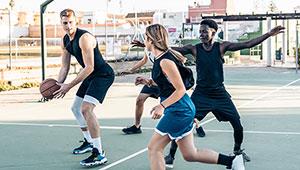
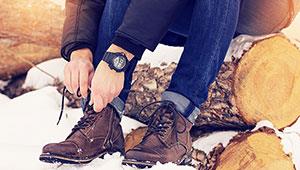
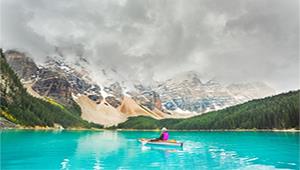


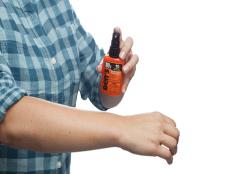

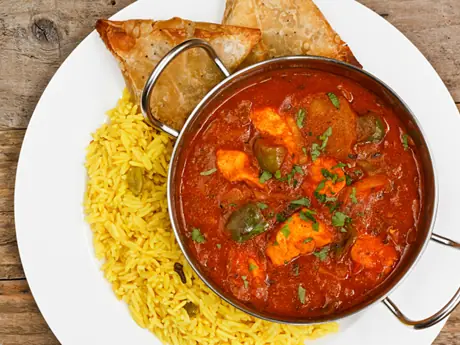
Discuss This Article